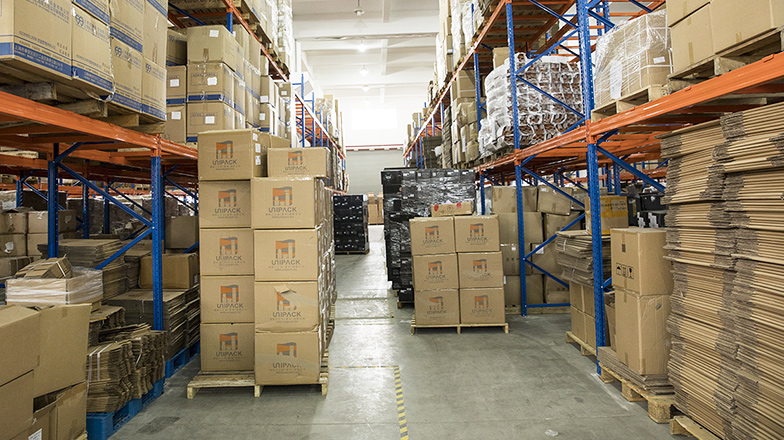Introduction: Printing is widely used in daily life, and it is commonly used everywhere. In the process of printing, there are many factors that affect the printing effect, so when printing, we will first print out samples and compare them with the sample sheets to prevent errors and correct them in time to ensure the perfection of the printed matter. We will share some requirements that we should pay attention to when we look at the samples for printing. The content is for your reference: printing sample is the most common method used to check and control the printing quality in the process of printing operations, whether it is monochrome printing or color printing, Operators must frequently use their own eyes to repeatedly compare the printed product with the sample, in order to identify the differences between the printed product and the sample, and promptly correct them to ensure the quality of the printed product.
There is a difference between viewing samples under colored light and under sunlight. In production practice, most of the work is done under the illumination of a power source, and each light source has a certain color. This poses certain difficulties in correctly judging the color of the original manuscript or product. When viewing under colored light, the color changes are generally the same color becoming lighter and the complementary color becoming darker. For example, when viewing under red light, red becomes lighter and yellow becomes orange& nbsp;& nbsp;& nbsp; Green darkens, cyan darkens, and white turns red. Viewing colors under green light, green becomes lighter, cyan becomes lighter, yellow becomes greenish yellow, red becomes black, and white becomes green. There is a difference between viewing samples under colored light and under sunlight. In production practice, most of the work is done under the illumination of a power source, and each light source has a certain color. This poses certain difficulties in correctly judging the color of the original manuscript or product. When viewing colors under colored light, the color changes are generally the same color becoming lighter and the complementary color becoming darker& nbsp;& nbsp;& nbsp; For example, when viewing colors under red light, red becomes lighter, yellow becomes orange, green becomes darker, cyan becomes darker, and white becomes red. Viewing colors under green light, green becomes lighter, cyan becomes lighter, yellow becomes greenish yellow, red becomes black, and white becomes green.


The intensity of light directly affects the judgment of the color of the printed sample. The intensity of light not only affects the brightness of the color, but also changes the appearance of the color& nbsp;& nbsp;& nbsp;& nbsp; Usually, we observe a cylinder that receives light, with the facing side being bright and the backlighting side being dark. The combination of light and dark is the middle tone. The same object, under standard light sources, is a positive color. If the light gradually becomes stronger, its color tone also changes to a bright hue, and the brightness increases to a certain extent. Any color can turn white. Black porcelain also has white reflective points, as the light at the reflective points is concentrated and strongly reflected.
Why is there a sequential color contrast reaction? This is because the color you first look at excites the colored nerve fibers of that color, and then immediately looks at another color. Other colored nerves quickly excite and cause color sensation, while the colored nerve that first looks at the color is in a state of inhibition after excitation, and then the excitation is slower, causing a negative color response. This reaction, combined with the new hue of the color, forms a new color, so the color is changed after viewing. Moreover, there is still a regular pattern of color changes, which focus on the complementary aspect of looking at the color first. Understanding the above three aspects and mastering their changing patterns, we should pay attention to them when actually viewing samples, in order to ensure the stability and improvement of printing product quality. Printed materials are divided into monochrome printing and color printing. Monochrome printing is a printing method that is limited to one color. Color printing can print full-color pictures.
In grayscale monochrome printing, the deepest solid base is 100%; White is 0%, and different shades of gray are made by using different dots, that is, using percentage control. For ease of reading, reversed white characters are usually applied on a dark gray tone of 50% to 100%, while black characters are used between 50% and 0%. However, it should also be considered according to the different monochromes.


